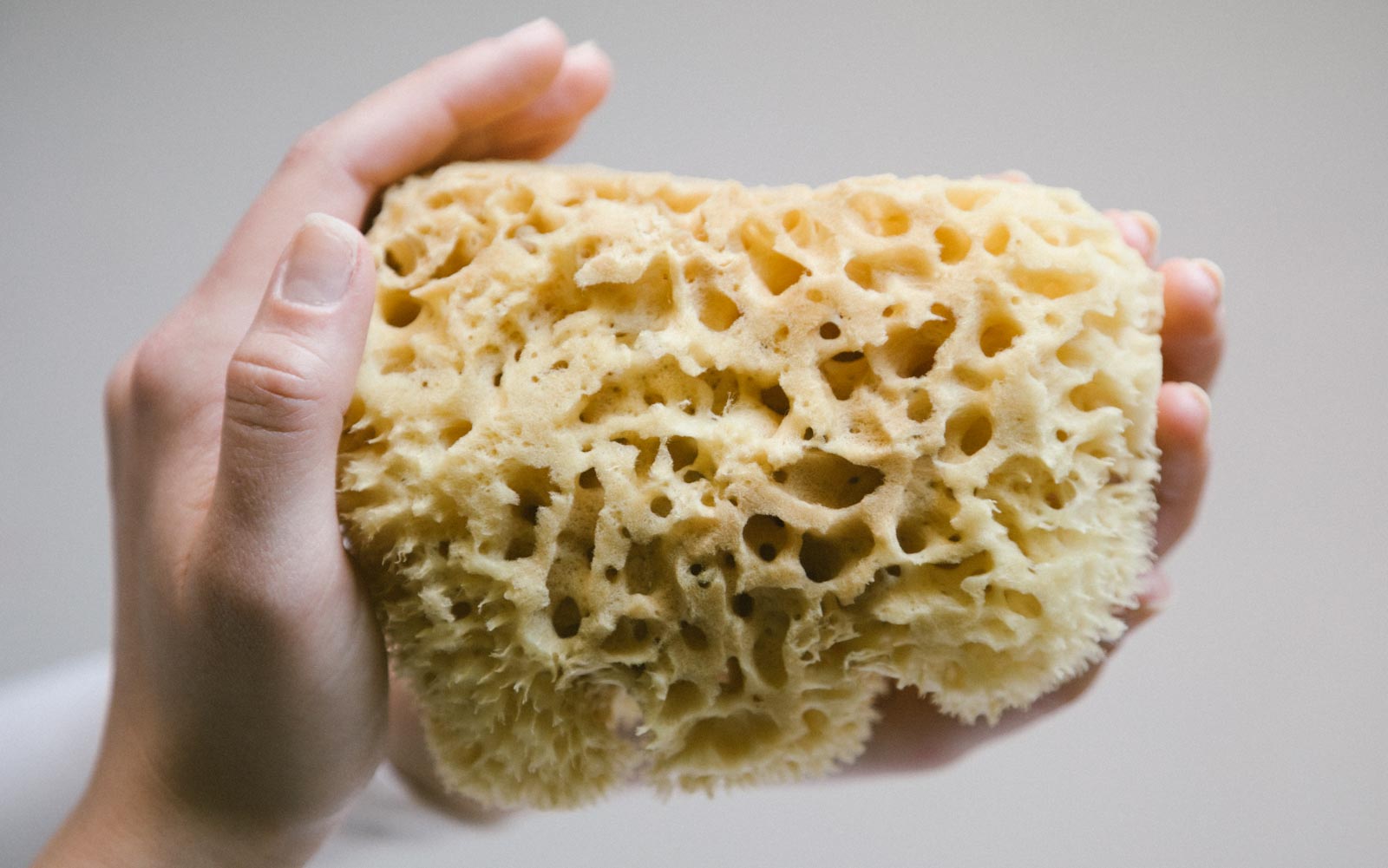
Sea sponges are interesting creatures. They may look like plants but sea sponges are actually simple, ocean-living animals.
Children might show an interest in sea sponges after visiting a beach. They can wash up on the shore, like shells.
For centuries, people have collected dead sea sponges for cleaning purposes. Their texture is great for scrubbing your body with, and kitchen sponges were named after them. When children investigate sea sponges, they learn some of the most useful and interesting materials come from nature.
EYLF learning outcomes
The Early Years Learning Framework links with natural materials (4.4). Sea sponges help children respect the environment (2.4).
Using sea sponges as loose parts encourages curiosity, imagination, creativity (4.1), problem solving, inquiry, experimentation, hypothesising, researching and investigating (4.2).
Learning experiences
Explore sea sponge art
Any easy painting experience is to use sea sponges to make prints on paper (if you have enough sponges available). The texture of the sponges with transfer to the paper and children will benefit from the tactile activity.
An alternative approach is to examine other artists' works and use these as inspiration. Show images of the works to the children, discuss techniques the artists used, and then replicate these techniques in your classroom.
- Ralph Kiggell created Sponges using watercolour paints on traditional Japanese paper. Can you paint a sea sponge using watercolours?
- Synthetic Deployment created giclée prints called Anemones and sponges. Look at the colours used. Do you like them?
- Joan Walton created Spongeform from ceramics. Can you make a sponge using playdough or clay?
